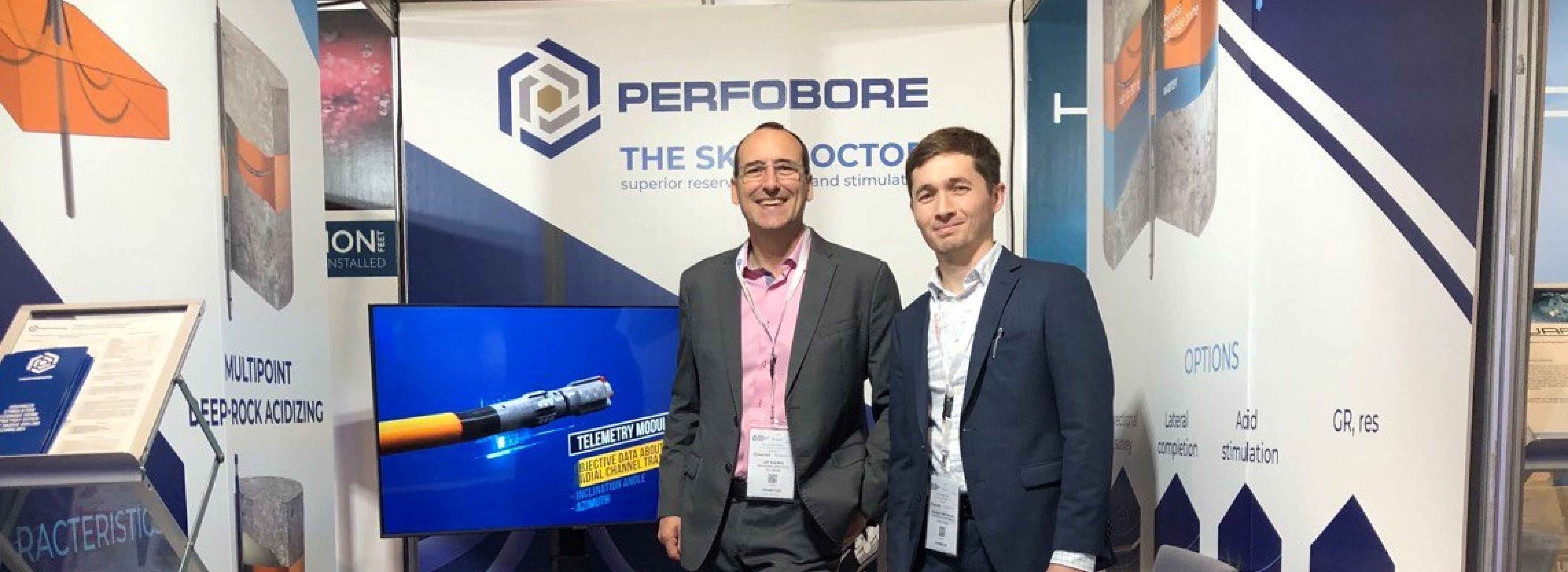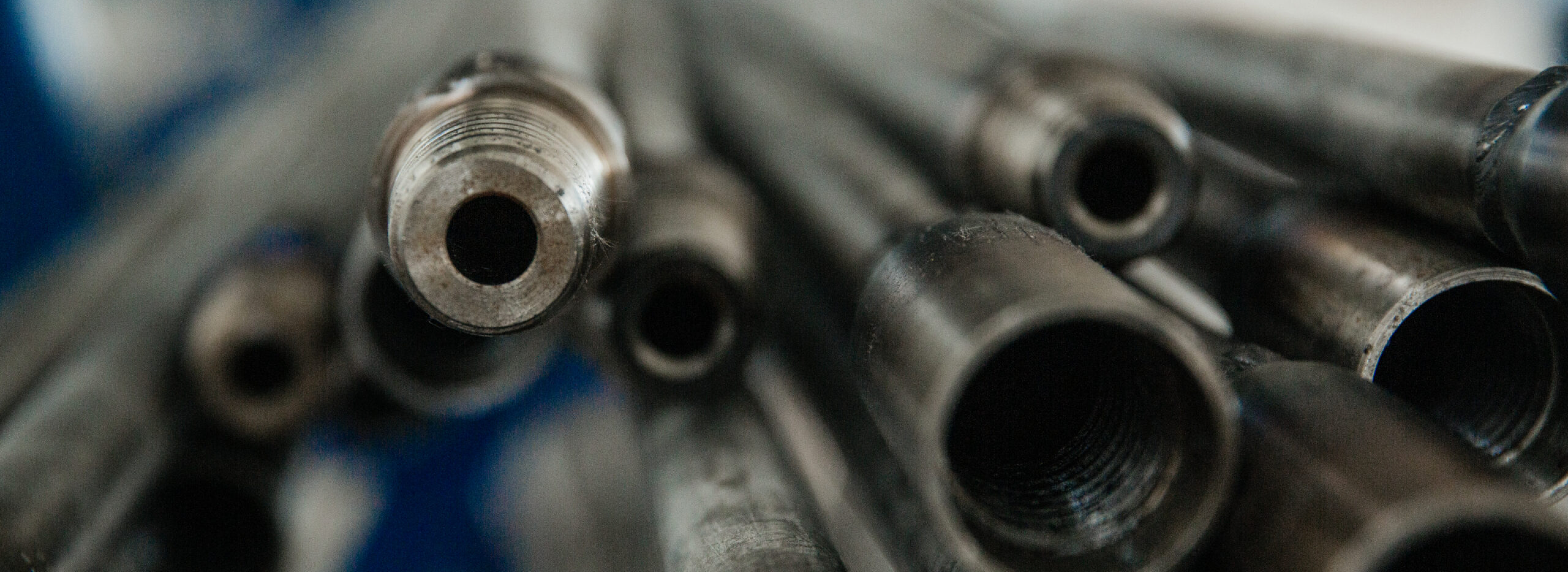 Oman Petroleum & Energy Show
Oman Petroleum & Energy Show


This paper presentsan effective EOR solution for the development of oil-rim deposits. A case history is presented where production from a mature field with low permeability terrigenous reservoirs and nearby water and gas-cap was recovered without the drilling of new infill wells. Fracking in such conditions was not appropriate due to the close proximityof the gas cap. Directionalradial drilling was used to accurately drill four channels in the required azimuthal directions before slotted liners were deployed in each channel to control solids production.
The directional radial drilling technology is unique and creates channels with a diameter of 69 mm (2-3/4") and a length of up to 25 m (82 ft.) through the identified target zone in the reservoir. The special bottomhole assembly (BHA) is deployed on jointed pipes using a standard workover hoist. The stimulation method drills up to 4 hyper-short-radius channels from the same TVD, and formation evaluation measurements can be taken in each channel. Slotted liner or screens can also be deployed if required. This technique is ideal for thin low permeability reservoirs of any type.
A candidate well was identified and four channels with a diameter of 69mm (2-3/4") were accurately placed at the same TVD along a pre-set trajectory in a radial pattern up to 14 m (46 ft.) per channel using a BHA with a mud motor. The planned-versus-actual trajectories were confirmed by a directional survey. A sand screen was deployed in each channel to control produced solids. The resultant performance of the target reservoirs was evaluated by the results of logging (inflow profile). An 898% increase versus the pre-operation production rate was achieved. A production rate with a liquid flow of 673 bbl. per day and an oil flow rate of 252 bbl. per day was obtained. Further reductions of water cut from 56% to 1% during clean-up, and the oil production rate was increased to 598 bbl. per day from the original 60 bbl. per day. The longevity and value of this EOR method is demonstrated by >16 months decline rate to return to initial production rates. The experience demonstrates that the technology is a very valuable stimulation method where gas cap and/or underlying water create challenges to conventional stimulation or infill sidetracking.
This was the first occasion this unique Directional Radial Drilling EOR technology was applied on an oil deposit in a terrigenous reservoir. Additionally, this was the first-time the radial channels were linedwith sand screens. The operation performed has proven that the technology of directional radial drilling is an extremely valuable EOR stimulation technique for oil wellswhere standard hydraulic fracturing is restricted. This technique is valid for and applicable to all reservoir types.